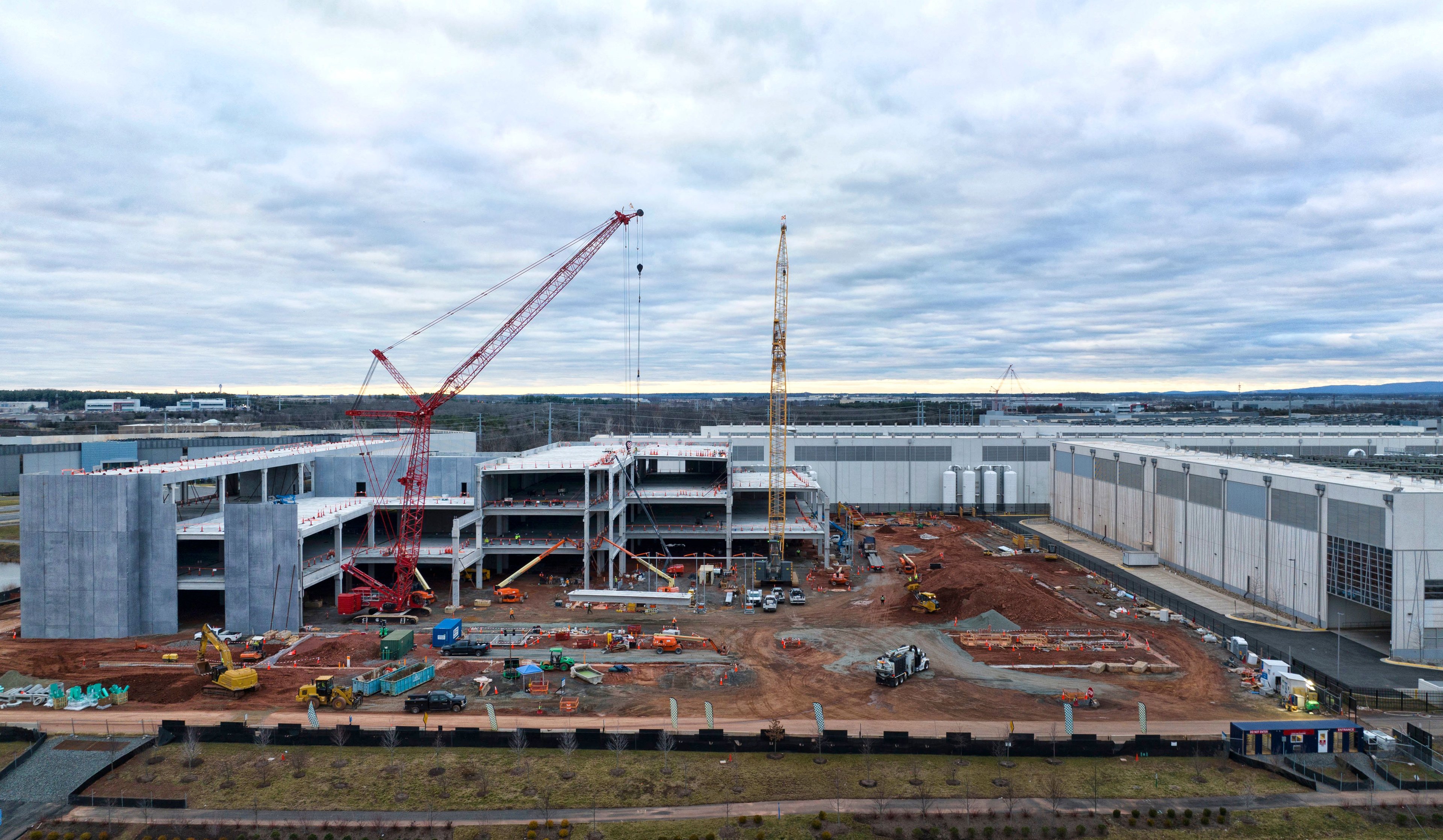Real estate investment trust (REIT) Stag Industrial (STAG +0.76%) is focused on exactly what its name suggests -- industrial properties. It offers a yield of 4.5%, well above the REIT average of around 3%, using Vanguard Real Estate ETF as a proxy, and industry bellwether Prologis (PLD +1.08%), which yields just 2.3%. Is the yield advantage a sign of an opportunity or is there more to worry about here? Here's how to think about Stag Industrial as you try to decide whether or not it's a great dividend stock.
Let's start with the dividend
As noted, Stag has a clear yield advantage when you compare it to other REITs, notably including the leading names in the industrial space. Its dividend has been increased for nine consecutive years at this point. That dividend check, meanwhile, is delivered monthly -- which makes it easier to budget if you are trying to live off of the income your portfolio generates. The payout ratio is about 80% of core funds from operations (roughly akin to earnings for a regular company). That's not an unreasonable number and there's no particular reason to be concerned about the safety of the dividend. So far, so good.

Image source: Getty Images.
The problem here is dividend growth. The most recent annual dividend increase was less than 1%. That doesn't even come close to the roughly 3% historical rate of inflation growth. That means the dividend's buying power shrunk last year. But this isn't a single-year event. The average annual dividend increase over the past three years amounted to just 1.4%. Although dividend growth in the first few years of the REIT's existence were notable, they came off of a low base. If the current rate is the norm, which at this point it is starting to seem, Stag isn't a particularly rewarding dividend stock. For reference, Prologis' dividend has grown at an 8% clip over the past three years.
Some other problems to consider
Stag's initial public offering was in 2011. That's an important date because it is after the deep 2007-to-2009 recession. It means that the industrial REIT's entire public life has been in an economic upturn. It hasn't been stress tested. Which brings us back to the meager dividend growth. If dividends are only crawling higher today when times are good, what might happen when times are bad?
A look at Prologis is interesting here, since this industry giant is generally considered one of the best-run industrial REITs available. It should be kind of sobering to look at the gray bar between 2007 and 2009 in the chart below, in which Prologis' quarterly dividend plummets. In fact, roughly a decade on, Prologis' dividend is only now approaching the level it attained before the last recession. Clearly these are two different companies, but if the biggest and best couldn't make it through a deep downturn without a dividend cut, you should be worried about a smaller REIT in the same space -- especially since that REIT has only been able to manage tiny dividend increases while the economy is still growing.
PLD Dividend Per Share (Quarterly) data by YCharts.
That said, Stag and Prologis do different things. But is that enough to overcome the negative of only operating in an upturn? Prologis basically buys industrial assets in what Stag would call super-prime markets -- think New York City and Los Angeles. These are very competitive areas where it is hard to get a good deal because everyone and their brother wants to be in them -- but not Stag. The company specifically avoids these markets because it is so hard to find good deals. It focuses on secondary markets, noting that its largest markets are Philadelphia, Chicago, and Greenville/Spartanburg (a submarket in South Carolina).
Stag explains that secondary markets don't see the same level of competition, pitting it up against buyers with less financial flexibility. That gives it an edge in areas that the REIT's research suggests do nearly as well as the largest markets. But Stag has only been public during an economic upturn, buying properties in a period of generally rising demand. The story sounds good, but it is unclear if it will hold up when times get rough, which they eventually will. Notably, the increasing role of the internet in everyday life has made it more important to be located near large population centers. Secondary markets aren't chump change, of course, but there are more people in New York City than Greenville/Spartanburg. When push comes to shove in a downturn, New York City real estate is likely to remain pretty desirable. The outlook for Greenville/Spartanburg isn't quite as clear.
Not great
At this point, it is difficult to suggest that Stag Industrial is a great dividend stock. A slow-growing dividend is enough to keep it from that honor, but add in its focus on secondary markets and the fact that its business model has yet to be tested by a recession, and investors shouldn't jump aboard this stock thinking they've found something special. It's not that it's a bad company, but it certainly hasn't proven itself to be a great one just yet.








